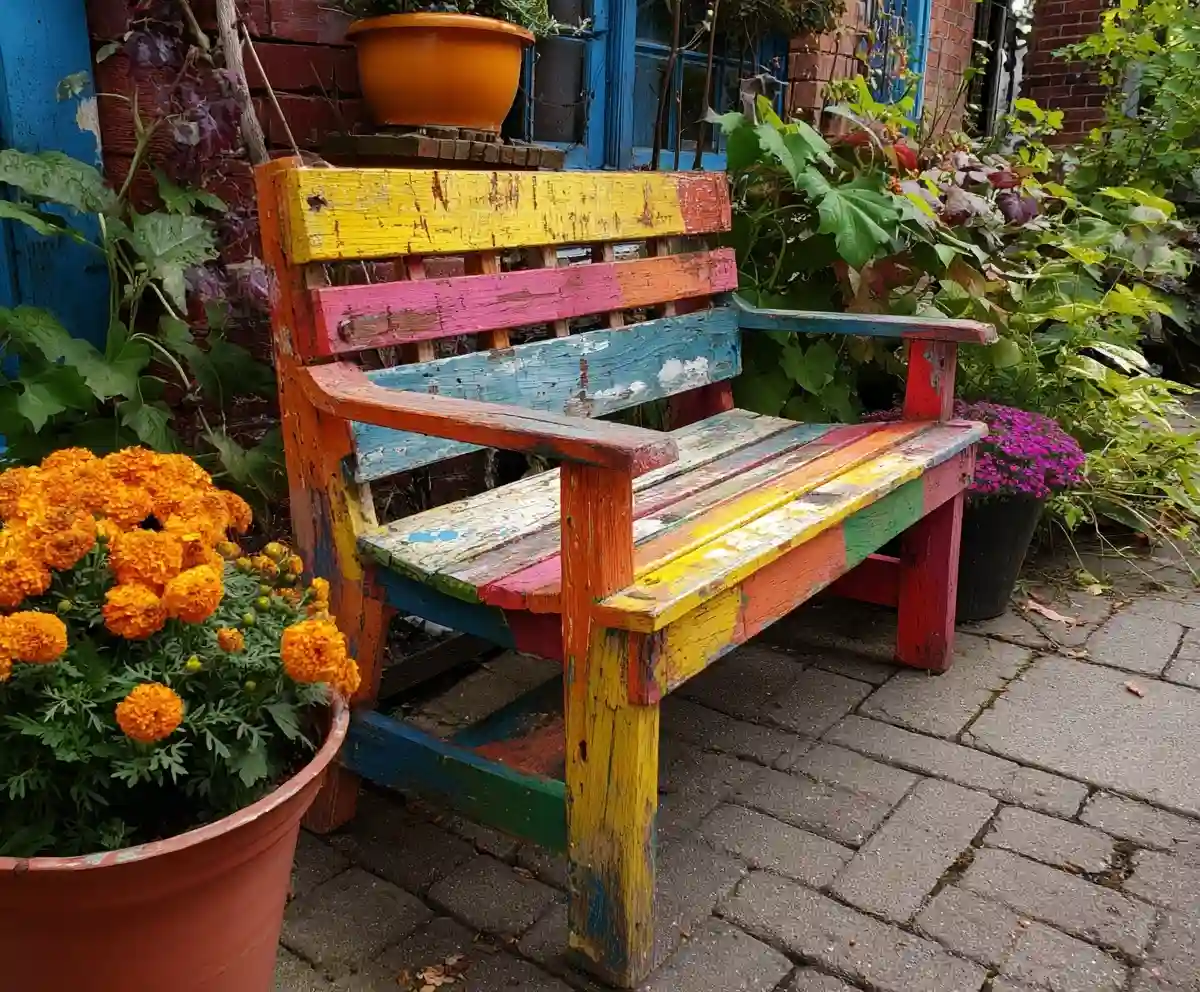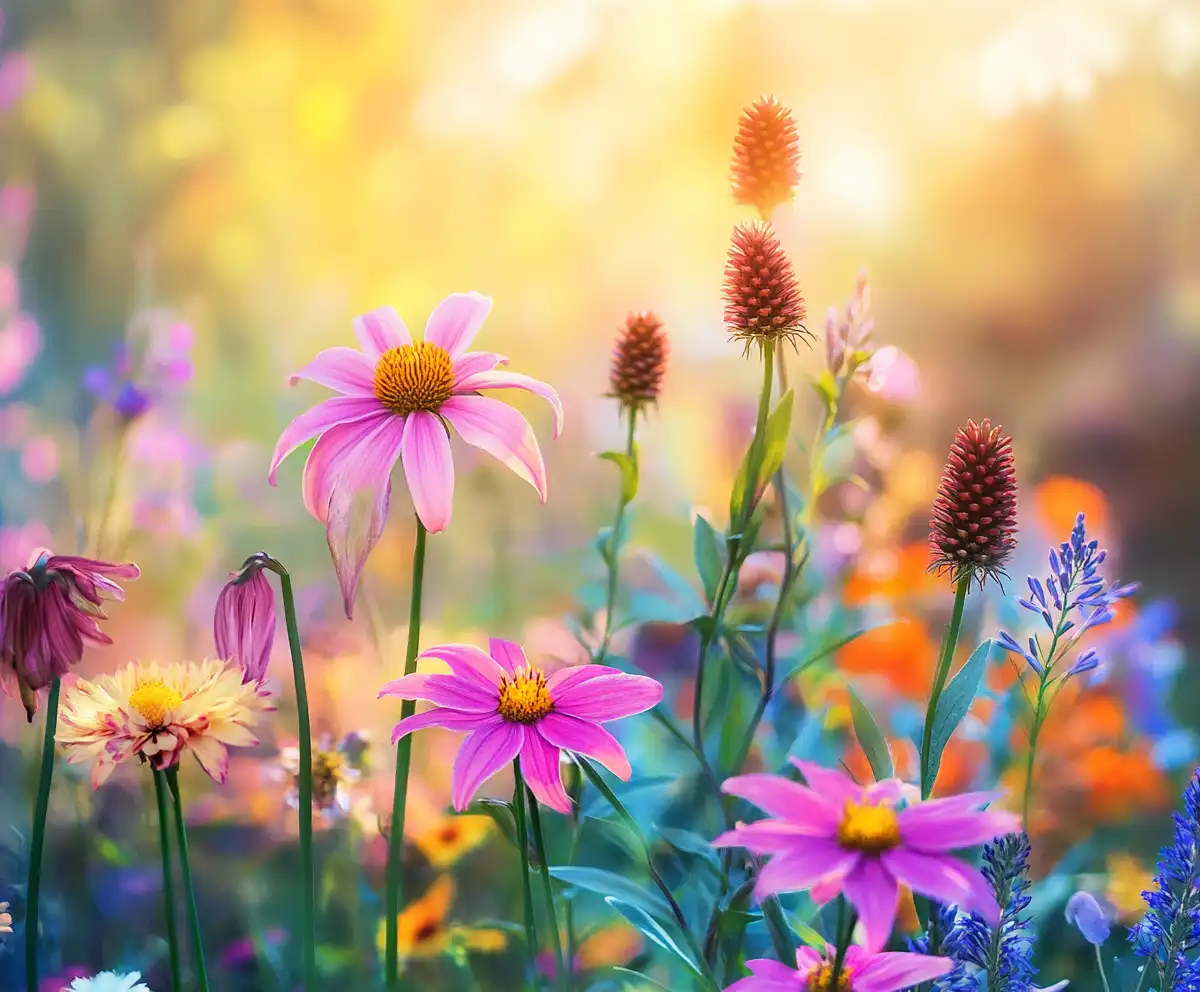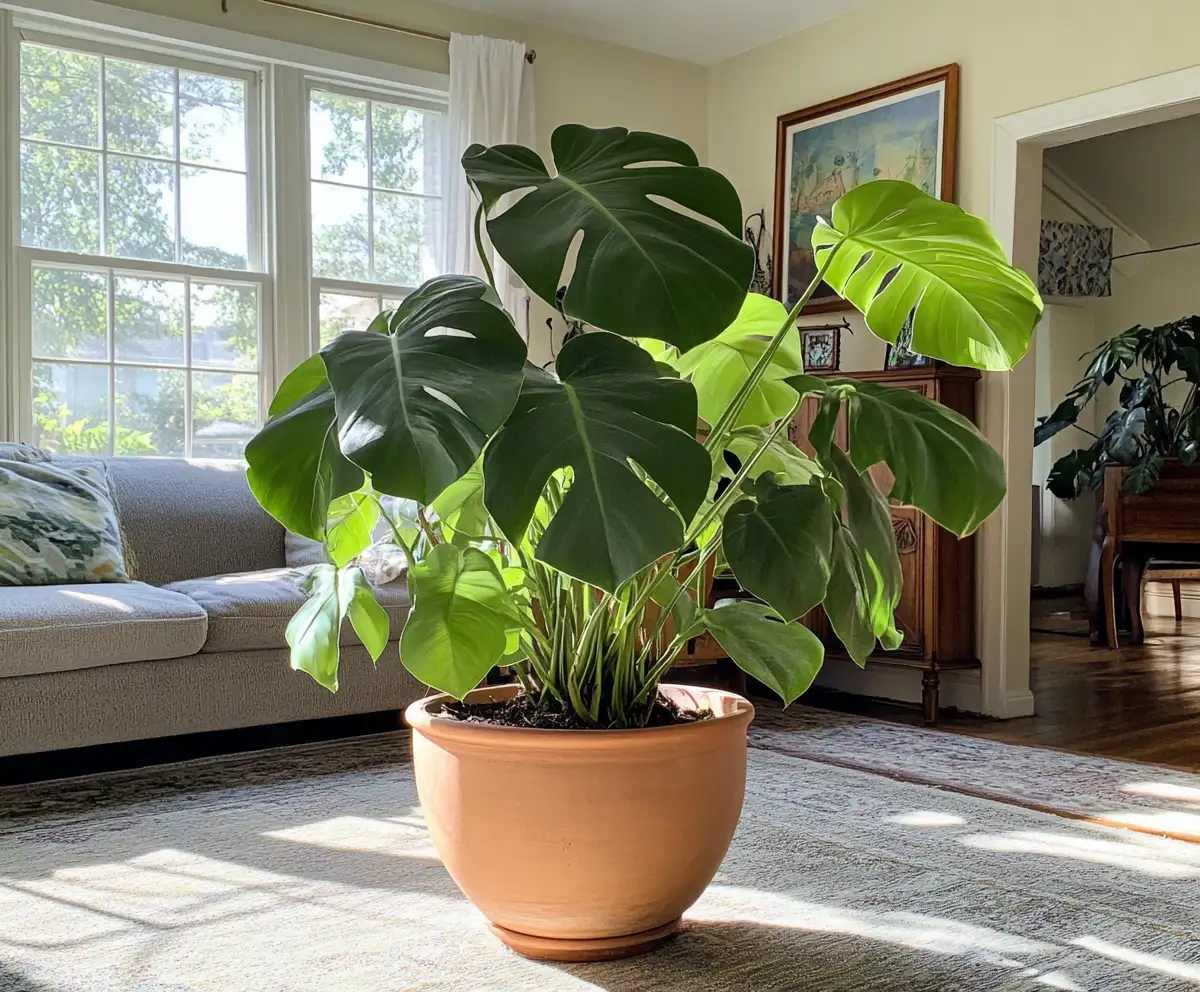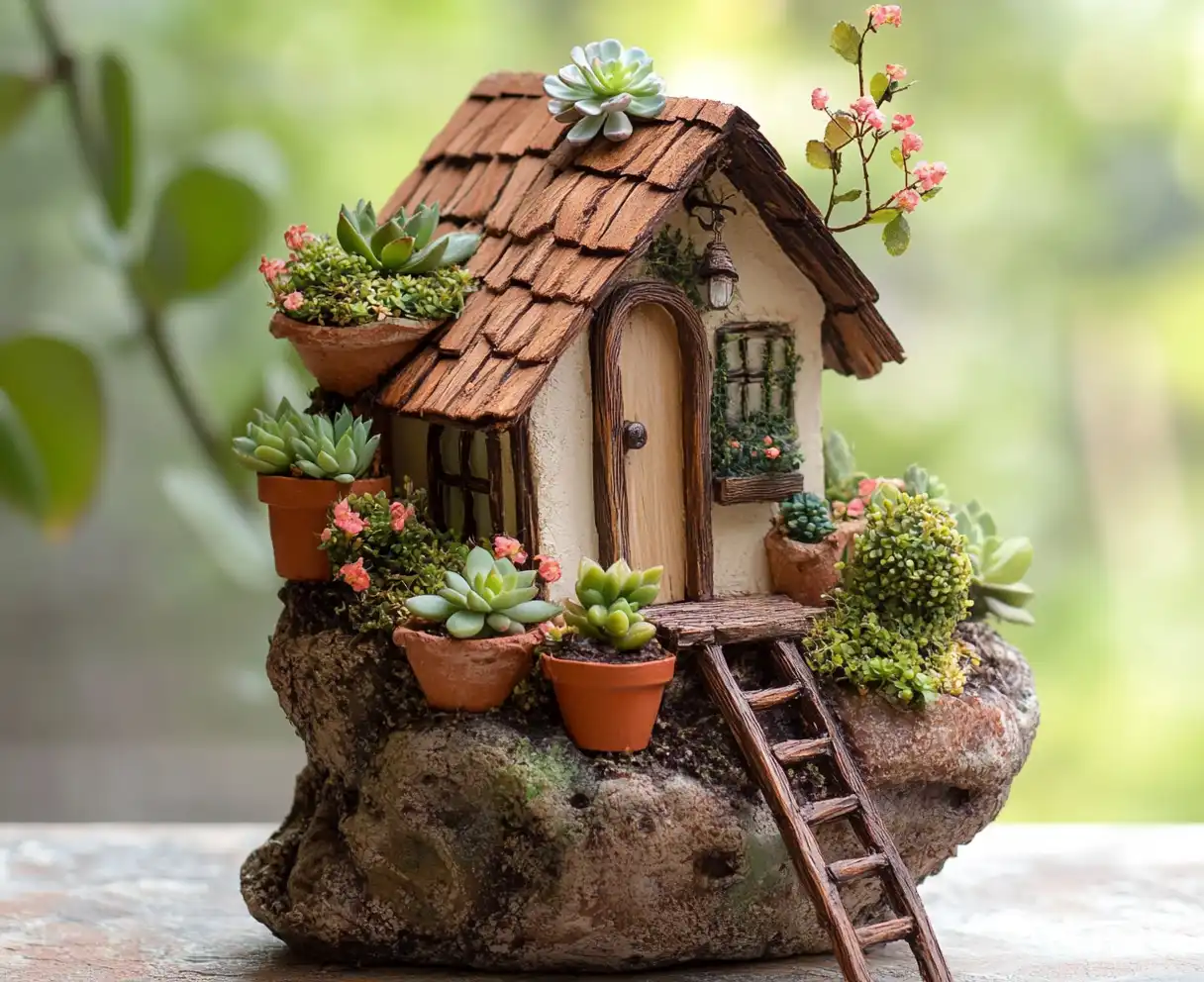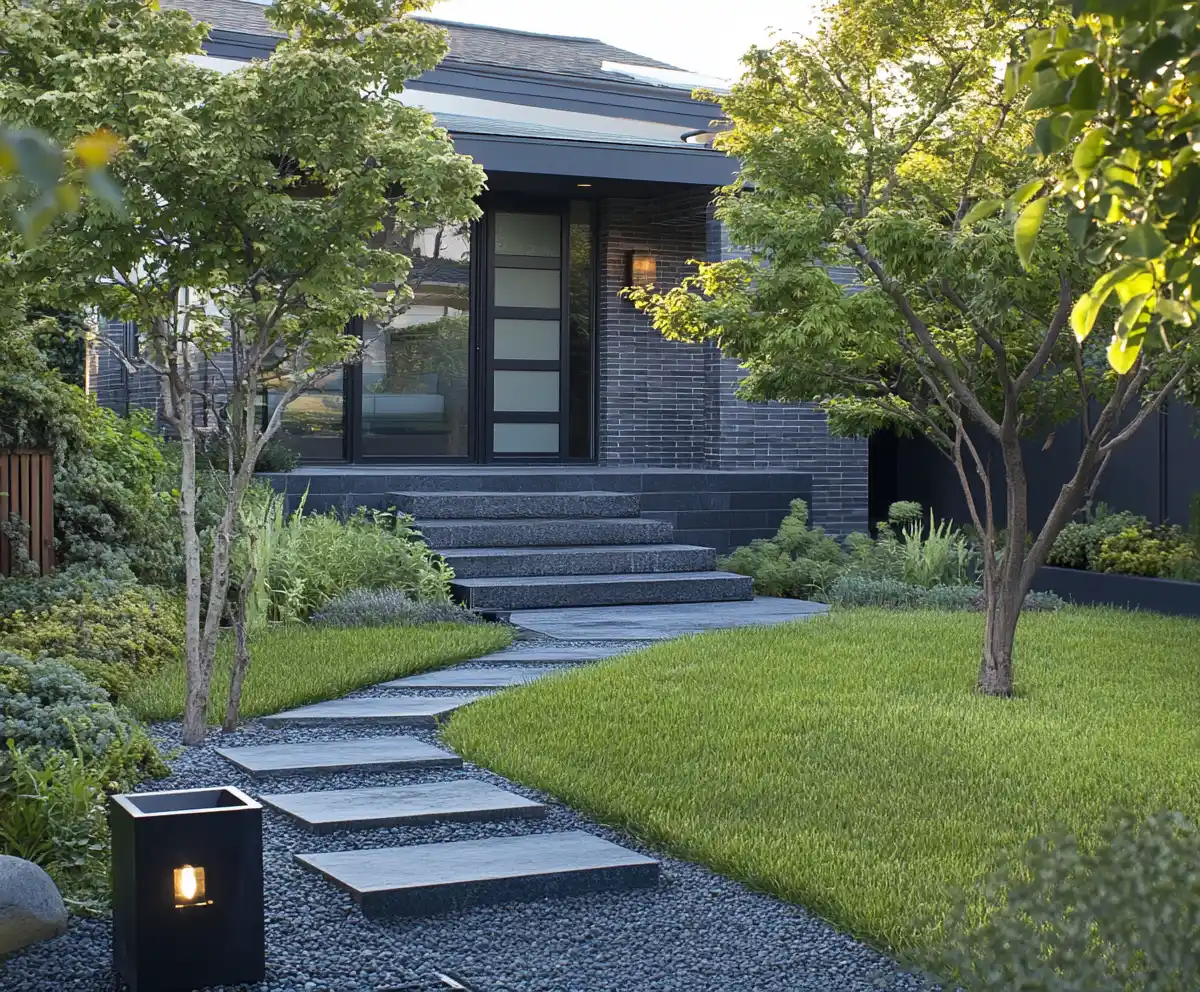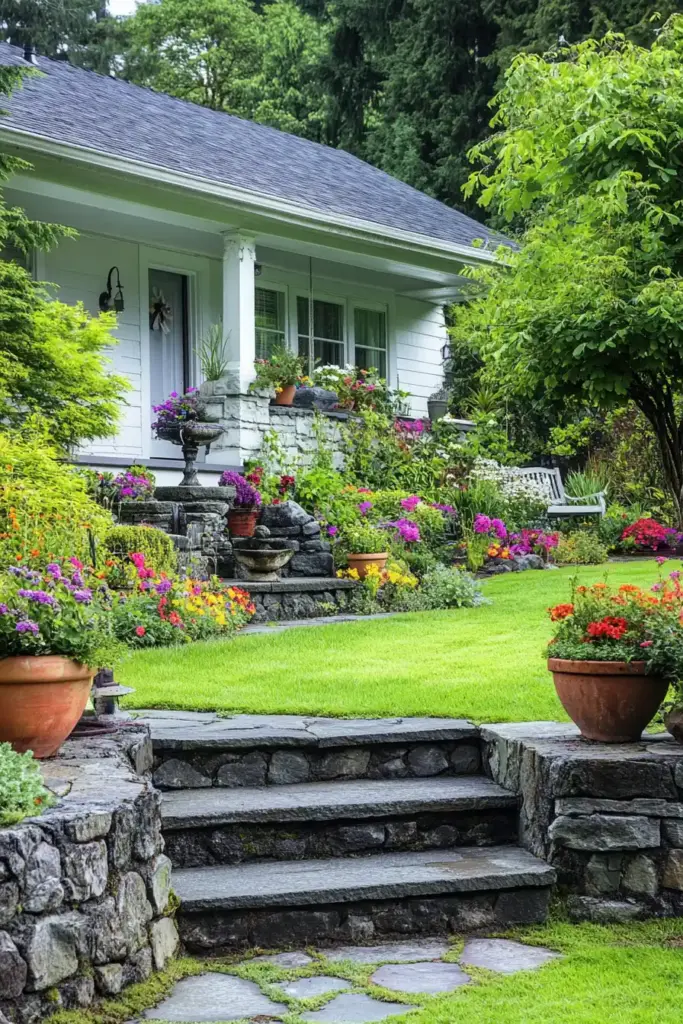Your front yard is more than just a patch of grass—it’s the first impression your home makes on the world. Traditionally, front yards were dominated by manicured lawns, but today, homeowners are embracing creativity and personal style to transform these spaces into something truly special. Whether you dream of a welcoming garden oasis, a low-maintenance modern look, or a vibrant display of seasonal colors, there’s no one-size-fits-all formula. It all comes down to your lifestyle, the architecture of your home, and the feeling you want to create when guests arrive at your door.
Table of Contents
Planning Your Front Yard Garden
Before you dive into planting flowers and installing pathways, take time to thoughtfully plan your front yard garden. Start by evaluating the space you have and how you want to use it. Are you envisioning a cozy seating nook, a colorful showcase for neighbors to admire, or a little bit of both? Your intended use will guide your choices.
Visibility and privacy are also key considerations. Depending on your goals, you might incorporate elements like hedges, decorative fences, or even artful screens to frame your space while offering seclusion where needed.
Sunlight plays a crucial role, too. Observe how the sun moves across your front yard to determine the best spots for sun-loving plants versus those that thrive in shade.
Functionality is another pillar of smart front yard design. Think about whether you’ll need a safe play area for kids, a bubbling water feature for relaxation, or a well-placed bench to enjoy the sunset.
Need ideas? Stroll through your neighborhood, browse online inspiration boards, and take note of designs that resonate with you.
When selecting plants and structures, keep scale in mind. A towering tree might overwhelm a small cottage, while delicate flowers could get lost in front of a sprawling home.
Finally, choose a garden style that harmonizes with your house’s architecture—whether that’s a formal, symmetrical layout or a wild, free-flowing cottage garden. Sketch out a rough design plan to pull all your ideas together before getting started.
Planting and Caring for Your Front Yard Landscape
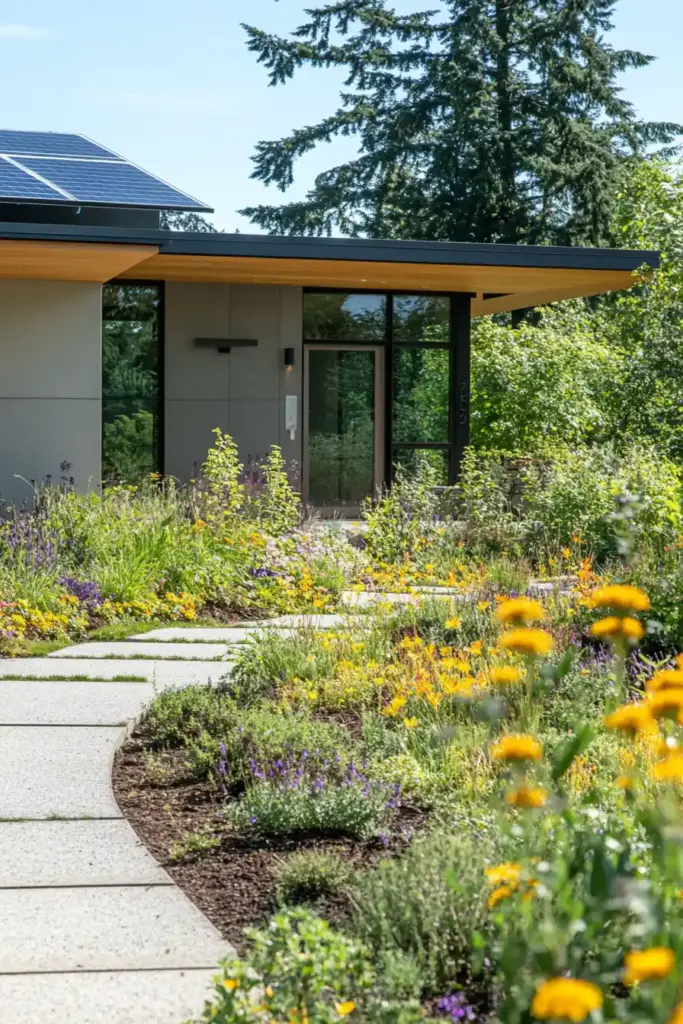
Once you’ve mapped out your design, it’s time to bring your vision to life through thoughtful planting and ongoing care. One of the first decisions to make is whether to keep a traditional lawn or explore alternatives—especially important in drought-prone regions where grass can be costly and difficult to maintain.
Before planting, test your soil to understand its health and composition. Amending it with compost or other organic material can greatly improve your plants’ success.
Aim for a diverse mix of trees, shrubs, perennials, groundcovers, and a few annuals for seasonal splashes of color. Choosing plants that offer multi-seasonal interest—like spring blooms, vibrant fall foliage, or winter berries—keeps your front yard visually appealing year-round.
To make upkeep easier, lay down a thick layer of mulch around plants. Mulch helps suppress weeds, retains moisture, and improves soil quality over time.
Whenever possible, prioritize low-maintenance, native plants. They’re naturally adapted to your local climate and soil, meaning they’ll thrive with less water, fertilizer, and fuss—giving you more time to enjoy your outdoor space instead of constantly tending to it.
Front Yard Design Considerations
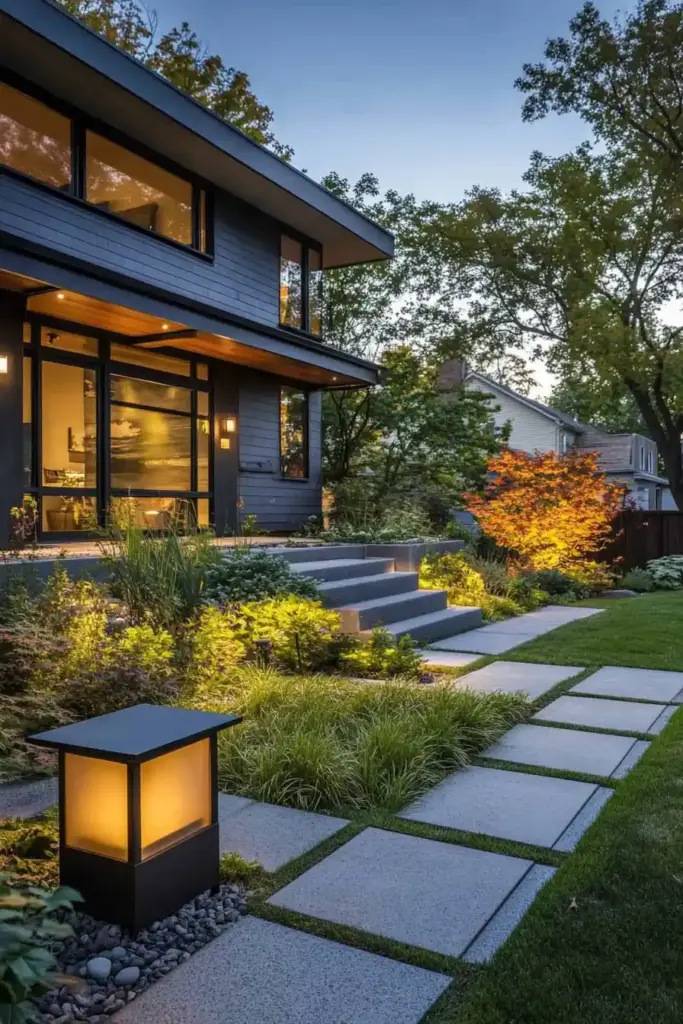
Beyond plants and patios, the smartest front yard designs carefully balance beauty with everyday functionality. Thoughtful planning ensures your space is not only stunning but also practical for daily life.
Traffic Flow is crucial. Walkways should naturally guide visitors to your front door without awkward detours. Curved paths can add charm, but they should still feel intuitive and direct.
Accessibility matters, too. Make sure gates open easily, driveways are spacious enough, and sidewalks offer safe, smooth passage for guests of all ages.
To boost curb appeal, consider adding statement features like an elegant arbor, colorful container gardens, or a bubbling water fountain. These focal points immediately catch the eye and create a memorable first impression.
Don’t forget about the entrance itself. Highlight your front door with cheerful potted plants, a seasonal wreath, or even a bold paint color that pops against your home’s exterior.
If you have a porch, turn it into an extension of your living space. A few cozy chairs, hanging baskets, and tasteful decor can make it feel like an inviting outdoor room.
Finally, prioritize safety: install sufficient lighting along pathways, ensure house numbers are easy to read, keep walkways clear, and secure your mailbox if needed. A well-lit, well-maintained entryway not only looks good—it makes your home more welcoming and secure.
Popular Front Yard Profiles
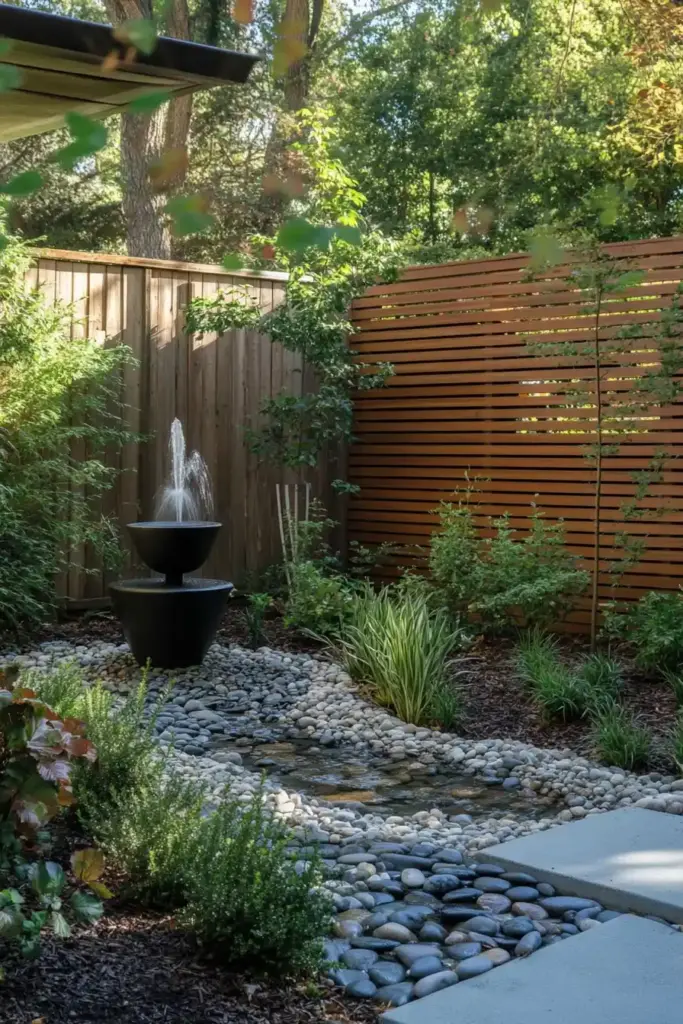
Looking for real-world inspiration? Many front yards today break away from cookie-cutter designs and embrace styles that reflect creativity, functionality, and environmental consciousness.
Turf-Less Gardens are becoming a favorite, especially in areas battling drought. Instead of a traditional lawn, homeowners are opting for drought-tolerant groundcovers, ornamental grasses, and gravel paths that require far less water and upkeep.
Cottage Plantings bring a charming, storybook feel with an informal mix of colorful flowers, herbs, and climbing vines. This relaxed style feels inviting and blends beautifully with older or historic homes.
Meadow-Style Front Yards mimic nature’s effortless beauty by using native wildflowers and grasses. These designs attract pollinators like bees and butterflies while offering a carefree, flowing look.
Layered Plantings create depth and visual interest. By combining tall, medium, and low-growing plants, you can design a space that feels lush and dynamic without feeling cluttered.
Some homeowners are even incorporating Vegetable Beds into their front yards. Edible landscaping mixes beauty with practicality, allowing you to harvest fresh herbs, tomatoes, or lettuces steps from your front door.
For a truly unique statement, consider themed entrances like Asian Gardens, which use elements such as bamboo, stone lanterns, and raked gravel to create a serene, minimalist vibe.
Front Yard Landscaping Ideas and Inspiration
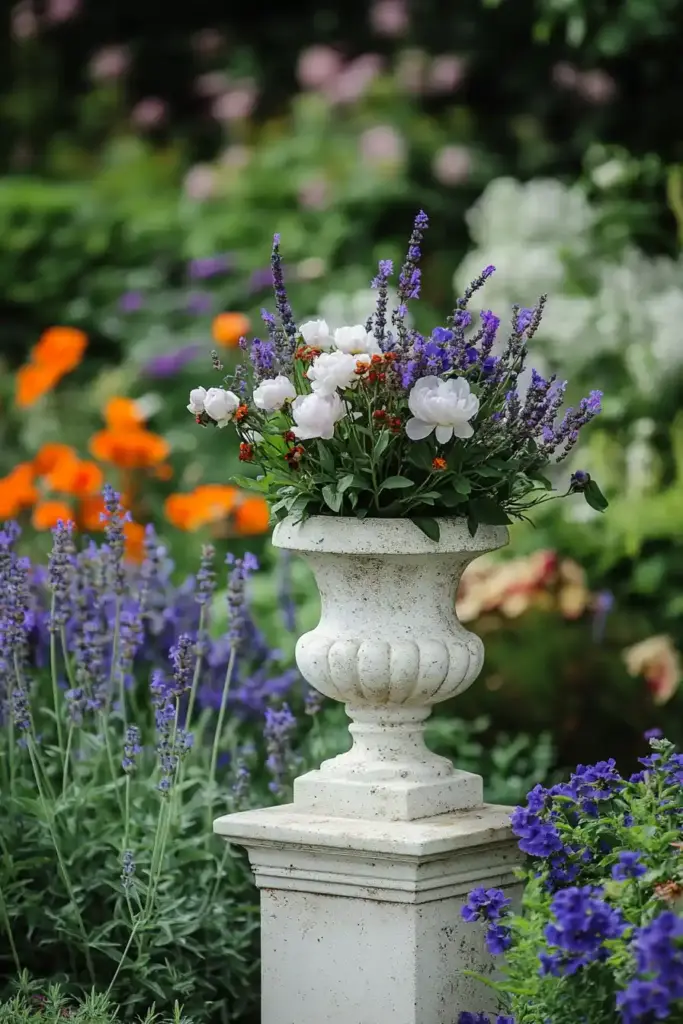
Once you’ve settled on a style, it’s time to bring in those special touches that make your front yard truly your own. Here are some inspiring ideas to get your creativity flowing:
- Seasonal Decorations: Celebrate the changing seasons with tasteful accents—think pumpkins and mums in the fall, twinkling lights in winter, or vibrant planters in spring and summer.
- Bold Foliage Contrasts: Play with color, texture, and form. Pair deep burgundy shrubs with lime green grasses or velvety lamb’s ear with spiky yucca for dramatic visual impact.
- Layered Planting: Use layers to guide the eye and create a sense of depth. Place taller plants at the back, medium ones in the middle, and groundcovers or low-growers at the front.
- Wildlife Gardens: Invite nature into your yard by planting native species that attract hummingbirds, butterflies, and bees. These gardens not only support local ecosystems but also add lively movement and sound.
- Rock Gardens and Water Features: Incorporate stone elements like dry creek beds or mossy boulders for a natural, rugged look. Small fountains or birdbaths can introduce soothing water sounds and become a focal point.
These elements don’t just enhance beauty—they make your front yard feel more alive, engaging, and personal.
Front Yard Plants

Choosing the right plants is key to a front yard that looks beautiful year-round and thrives with minimal stress. Your selections should match your climate, soil type, and the specific light conditions of your space.
Start with trees and shrubs as the backbone of your design. Look for species that offer more than one season of interest—like flowering dogwoods that bloom in spring and offer brilliant fall foliage, or evergreen shrubs that stay lush even in winter.
Add perennials that return year after year, providing dependable color and texture. Mix in annuals for quick bursts of seasonal blooms that you can switch up each year based on your mood or trends.
Don’t overlook groundcovers—they help fill in gaps, suppress weeds, and add a lush carpet of green (or colorful blooms) under taller plants.
Here are a few plant categories to consider:
- Sun-Loving Plants: Lavender, salvia, yarrow, and sedum thrive in bright spots.
- Shade Plants: Ferns, hostas, and astilbe are perfect for areas under trees or on the north side of the house.
- Drought-Tolerant Options: Succulents, ornamental grasses, and native wildflowers reduce the need for frequent watering.
- Pollinator-Friendly Choices: Coneflowers, milkweed, and bee balm not only look stunning but also support your local ecosystem.
By selecting a diverse mix suited to your front yard’s conditions, you’ll build a landscape that’s vibrant, resilient, and low-maintenance.
FAQ: Front Yard Landscaping Ideas
What are some low-maintenance front yard landscaping ideas?
If you want a beautiful front yard without constant upkeep, focus on drought-tolerant plants, native species, and hardscaping elements like gravel paths or stone patios. Mulching and using automatic irrigation systems can also greatly reduce maintenance.
How do I choose the right plants for my front yard?
Start by considering your front yard’s sunlight, soil type, and climate zone. Opt for a mix of trees, shrubs, and perennials that match those conditions. Native plants are usually the best choice because they’re adapted to local weather and soil.
What can I use instead of grass in my front yard?
There are many creative alternatives to traditional grass lawns, including groundcovers like creeping thyme or clover, gravel gardens, meadow plantings with native wildflowers, or even stylish hardscape features like paver patios and dry creek beds.
How can I improve curb appeal on a budget?
Small changes can make a big difference. Add colorful container gardens, repaint your front door, lay fresh mulch, or install solar path lights. Even simple upgrades like updating your house numbers or mailbox can instantly boost curb appeal.
How do I make my front yard more eco-friendly?
Designing with sustainability in mind can include using drought-tolerant native plants, reducing lawn areas, harvesting rainwater, composting, and planting pollinator gardens to support bees and butterflies.
Conclusion
Transforming your front yard isn’t just about adding curb appeal—it’s about creating a welcoming, functional space that reflects your personality and lifestyle. Whether you dream of a vibrant cottage garden, a sleek modern retreat, or a pollinator-friendly meadow, thoughtful planning and smart plant choices can bring your vision to life. By balancing beauty, functionality, and sustainability, you’ll craft a front yard that makes every homecoming feel special—and leaves a lasting impression on everyone who passes by.
🌿 Love gardening inspiration? Follow me on Pinterest for bold plant ideas, tips, and seasonal color!
More Posts

